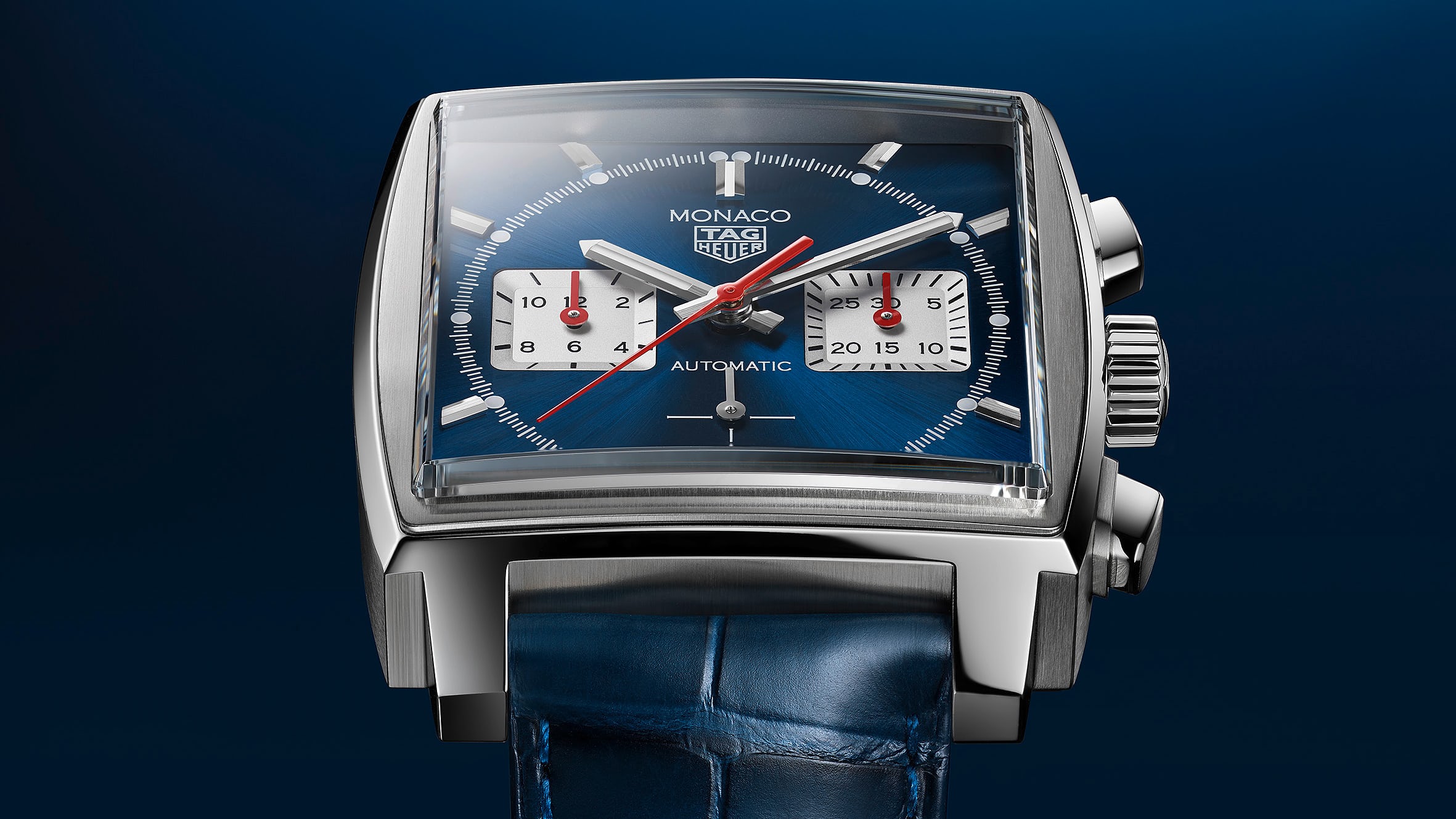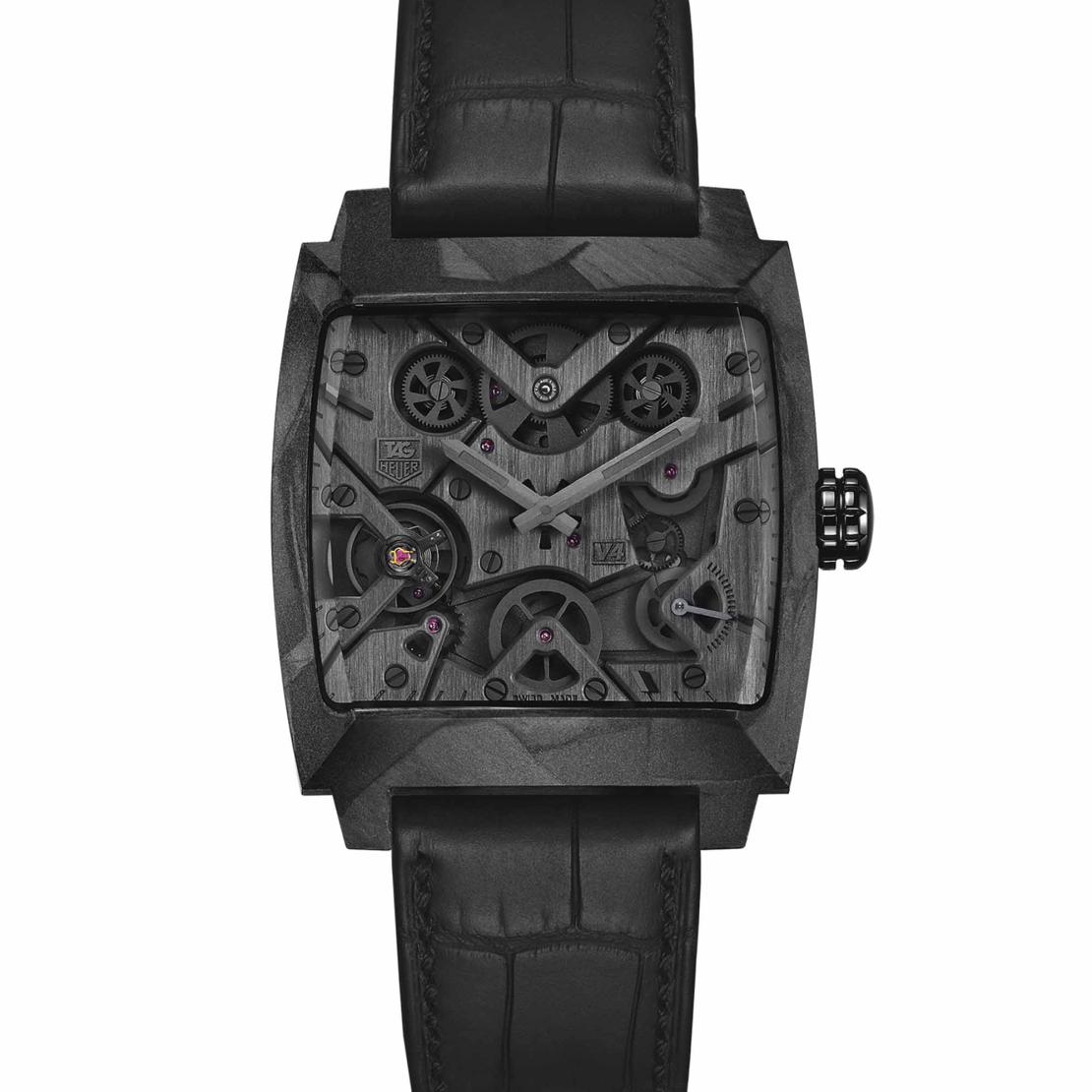
Tag Heuer now sits as part of the same stable as Louis Vuitton, Tiffany & Co and Moët champagne. The resulting business, now known as Tag Heuer (which is pronounced "tag hoy-yur", BTW), was in turn acquired by the LVMH luxury conglomerate in 1999, for nearly half a billion pounds. By the Seventies, however, the company was beginning to falter and a private holding company, Tag (Techniques d’Avant-Garde), purchased a majority stake. Heuer timepieces were used for three Olympics during the Twenties, so beginning an association with sports that stands to this day. It also came up with the first wrist chronograph in 1914 and, soon after, began making stopwatches. The company went on to design chronographs for planes, cars and boats.ĭuring the Thirties its innovations in dashboard chronographs led to the Autavia (a portmanteau of ‘automobile’ and ‘aviation’), which became one of its key lines. Heuer took out his first chronograph patent in 1882 and five years later came up with the oscillating pinion, the part that allows chronographs to be stopped and started, which is still used today. Its founder, Édouard Heuer, was an inventor and innovator and something of a maverick, setting up his 19th century watchmaking business in the village of St-Imier and becoming a central part of the history of watchmaking. With the only dashes of colour coming from the movement’s jewels, the Monaco V4 avant-garde aesthetics have been turned up another notch in this iteration.Tag Heuer is most famous for its chronographs: a watch genre it has excelled in so comprehensively that at one point it was producing them for many of its storied Swiss rivals, including Rolex. The faceted hands have also been coated with the material, and TAG Heuer has gone all out by applying anthracite grey SuperLuminova to them. As such, several components of the Monaco V4 Phantom have been coated in black titanium carbide, including the crown, main plate, wheels, indexes, and screws. Besides being an extremely hard material with a technical slant like the Monaco V4 Phantom, titanium carbide is also black, which matches the watch’s palette.

The carbon fibres in the case, on the other hand, are randomly arranged and thus lack the regular “graining” seen in the bridges.Īpart from CMC, titanium carbide also features prominently in this watch. Despite being comprised of identical materials, the case and movement bridges look radically different TAG Heuer had aligned the carbon fibres in the bridges, and micro-blasted them to achieve their vertically brushed surfaces in matte black. The reinvented timepiece, the Monaco V4 Phantom, is now nearly entirely monochromic, beginning with a case and movement bridges of Carbon Matrix Composite (CMC). For Baselworld 2015, TAG Heuer has brought the Monaco V4 back… in black. In keeping with the theme, the watch also discarded the traditional oscillating weight in exchange for a linear weight that moves on a rail.

The Monaco V4 introduced in 2004 was another revolutionary product, given its movement’s usage of belts rather than gears. 1916’s Micrograph, for example, could measure elapsed time to 1/100 th of a second, while the Mikrotimer Flying 1000 unveiled in 2011 beat it by a factor of 10 with a chronograph that was accurate to 1/1000 th of a second. True to its name of having and using Techniques d’Avant Garde, TAG Heuer has created several ground-breaking movements and watches throughout its history.


 0 kommentar(er)
0 kommentar(er)
